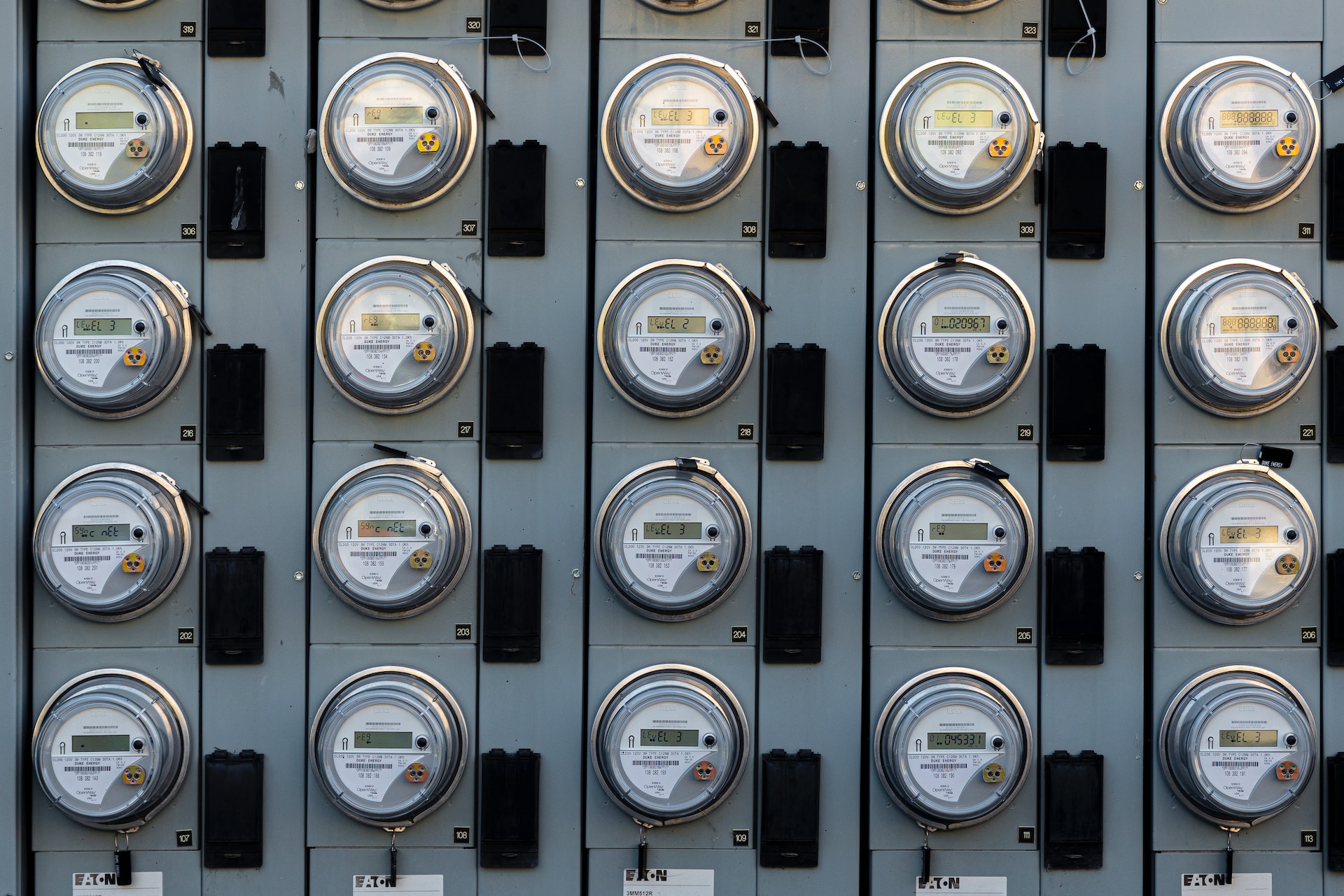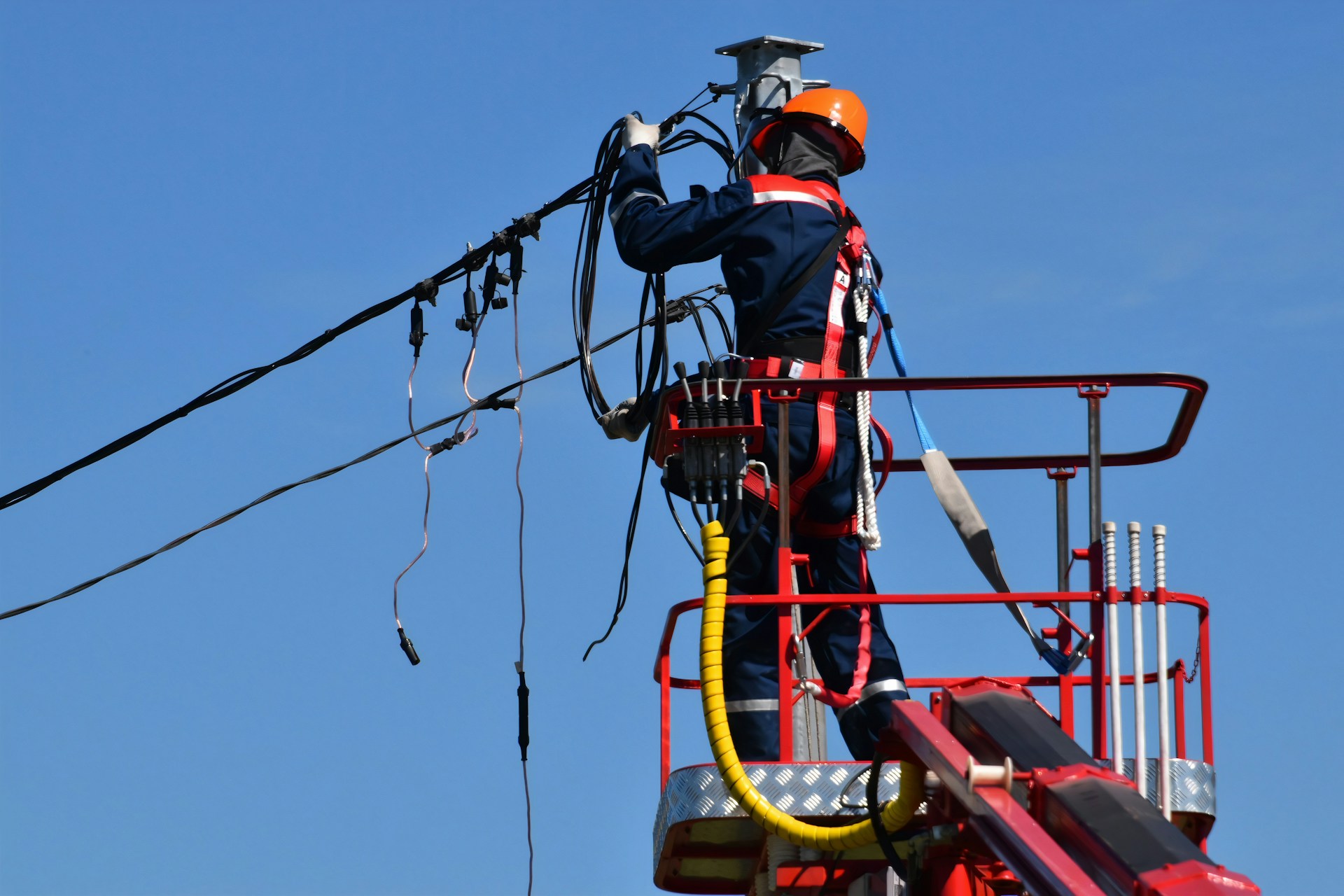
What Are Smart Meters, and What Are Their Pros and Cons?
November 16, 2023 - Ellie Gabel
Revolutionized is reader-supported. When you buy through links on our site, we may earn an affiliate commission. Learn more here.
The need to upgrade the energy grid has grown increasingly evident over the past few years. These upgrades likely won’t come as one big change but rather a combination of multiple smaller technologies. Smart meters are one of those small but important innovations.
What Are Smart Meters?
Smart meters are energy monitoring devices with Internet of Things (IoT) functionality. Like conventional utility meters, they track how much power a building consumes, but unlike traditional alternatives, they report this data wirelessly.
Some smart meters offer more in-depth monitoring capabilities than their conventional counterparts. They may track specific energy applications to reveal which processes use the most power. They also vary in reporting frequency, with some providing real-time updates and others reporting every 15 minutes to an hour.
Regardless of these specifics, all smart meters offer remote accessibility. Both occupants and utility companies can see this information from their phones. Now that there are millions of these devices across the nation, they may soon become the standard, too.
Advantages of Smart Meters
The shift to IoT-connected meters is an unsurprising one. These devices have several prominent advantages over older, lower-tech options.
Sustainability
The biggest benefit of smart meters is that they enable more sustainable grids. Manufacturers and smart cities use the IoT to monitor and reduce energy consumption, and these devices let buildings do the same.
The more you can monitor energy consumption, the easier it is to reduce that usage. When building occupants can see their power consumption in real-time, they can know when they should shut some things off to use less energy. In some cases, smart meters could adjust power levels automatically according to usage patterns to prevent waste.
Remote monitoring will also reduce utility companies’ overall emissions. Technicians won’t have to travel to check properties’ meters in person. As a result, these businesses will produce fewer transportation-related emissions.
Cost Savings
Smart meters can also reduce costs for both occupants and utility companies. These savings stem from the same benefits that make IoT energy meters more sustainable.
Because these devices make it easier to use less energy, people using them will spend less on their electrical bills. If homeowners pair them with similar IoT devices like smart thermostats, they’ll reduce waste even further. Their energy bills will keep falling as a result.
Utility companies can save despite this falling customer spending. Reading meters remotely saves time and fuel they’d otherwise spend sending technicians for in-person checks. Access to real-time data further saves money by minimizing the chances for human error to misrecord these readings, preventing costly mistakes.
Improved Maintenance
Utility maintenance could also improve as more buildings use smart meters. In addition to reporting energy consumption, these devices can monitor their condition or that of the infrastructure around them. When something goes wrong, they can alert repair technicians immediately for faster fixes.
These maintenance warnings can apply to more than unexpected breakdowns. IoT sensors can detect when conditions suggest equipment will need regular maintenance soon. Utility companies can use these early warnings to keep their infrastructure in top condition for longer.
Manufacturers use similar technologies to reduce their maintenance costs by 40% in some cases. Applying this technology to electrical meters will also prevent blackouts, making things more convenient for the end customer.
Disadvantages of Smart Meters
As with any innovation, these benefits come with a few tradeoffs. Here are the most notable of these disadvantages.
Cybersecurity Risks
The biggest downside to all IoT devices is that they introduce more cybersecurity risks. Giving a once-offline system wireless connectivity means the infrastructure is now potentially vulnerable to hackers when it wasn’t previously. Many IoT devices also lack strong built-in security controls.
Cybercriminals know about these vulnerabilities, too. The energy sector was the fourth most-targeted industry in 2022, a trend that may increase as more grids adopt IoT connectivity. These attacks could disrupt power service to critical infrastructure or expose sensitive customer data.
IoT devices aren’t inherently unsafe, but they require special attention to secure. Unfortunately, industries like energy aren’t used to high cybersecurity standards because they weren’t targets before. As a result, many of these systems remain vulnerable.
Upfront Costs and Complexity
IoT devices like smart meters are also more expensive than conventional alternatives. While their resulting savings will make up for their prices over time, that initial investment may be too high for some companies or customers.
Similarly, some IoT meter setups may require additional infrastructure to support them. Utility companies without strong wireless networks could have to spend more on network technologies to make these devices practical. These costs and complexities could slow these meters’ adoption.
How to Use Smart Meters Effectively
Given these downsides, utility organizations should keep a few things in mind when implementing smart meters. This technology is too promising to overlook, but a careful rollout strategy is necessary.
Cybersecurity is the most important issue to tackle. The new IoT security labeling program helps by proving some devices meet higher cybersecurity standards. Utilities should only implement IoT technologies with these certifications.
Smart meter security is also a matter of end usage. Energy companies should encrypt all IoT traffic and limit access to these devices through strong, unique passwords. Automated security monitoring software is also a good idea, as it’ll help identify and stop threats that slip through the cracks.
Utility companies can manage smart meters’ costs by taking a slower approach to adoption. Organizations should start by identifying where these devices will be most useful — likely, wherever grid transparency is the most lacking or where energy waste is most common. Rolling out IoT connectivity to these areas first will yield bigger improvements.
Once returns show for the initial rollout, grids can expand IoT connectivity to meters in other areas. This step-by-step approach ensures the IoT’s long-term cost savings compensate for the higher prices in less time.
Smart Meters Are an Important Enabler of Geener Grids
The grid must become more sustainable and reliable. While smart meters aren’t the only piece to that puzzle, they’re an important one.
Bringing IoT connectivity to energy meters makes them greener, more cost-effective and less prone to disrepair. If utility companies can also account for the related downsides, these benefits will improve grids for all parties involved.
Revolutionized is reader-supported. When you buy through links on our site, we may earn an affiliate commission. Learn more here.
Author
Ellie Gabel
Ellie Gabel is a science writer specializing in astronomy and environmental science and is the Associate Editor of Revolutionized. Ellie's love of science stems from reading Richard Dawkins books and her favorite science magazines as a child, where she fell in love with the experiments included in each edition.







